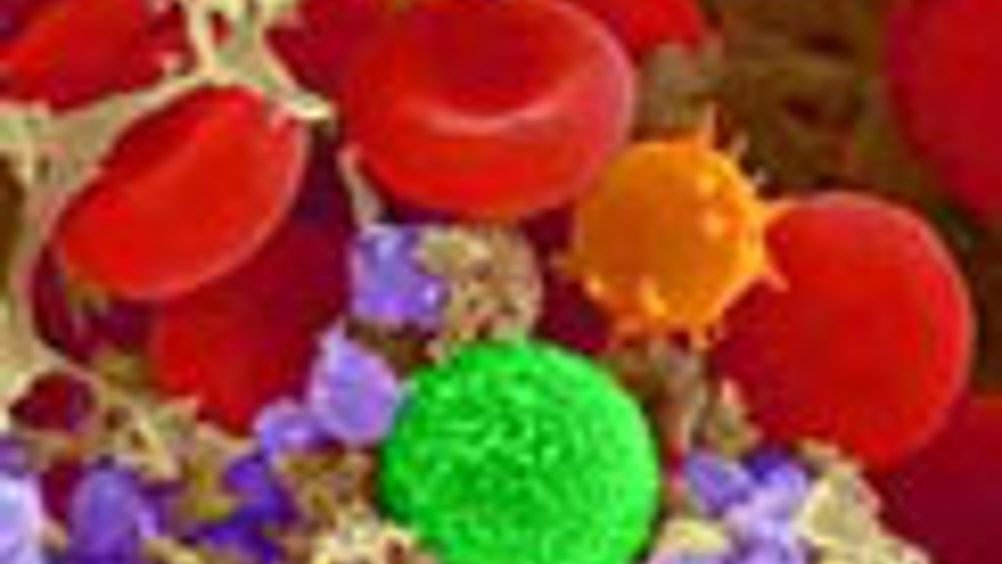Point-of-care blood analysis for GPs

Scientists at Southampton University and Philips Research have developed a hand-held device which could offer point-of-care blood-cell analysis in doctors’ surgeries.
A team led by Prof Hywel Morgan at the University’s Nano Research Group within the School of Electronics and Computer Science (ECS) in conjunction with Prof Donna Davies and Dr Judith Holloway at the School of Medicine, has developed a microfluidic single-cell impedance cytometer that performs a white cell differential count.
The chip within the device uses microfluidics – a means of controlling the flow of minute amounts of liquids – to measure a number of different cells in the blood.
According to Dr David Holmes at ECS, the microfluidic set-up uses miniaturised electrodes inside a small channel.
The electrical properties of each blood cell are measured as the blood flows through the device. From these measurements it is possible to distinguish and count the different types of cell, providing information used in the diagnosis of many diseases.
Register now to continue reading
Thanks for visiting The Engineer. You’ve now reached your monthly limit of news stories. Register for free to unlock unlimited access to all of our news coverage, as well as premium content including opinion, in-depth features and special reports.
Benefits of registering
-
In-depth insights and coverage of key emerging trends
-
Unrestricted access to special reports throughout the year
-
Daily technology news delivered straight to your inbox










UK Automotive Feeling The Pinch Of Skills Shortage
Not so much attracting skills to the UK but generating skills within the UK is what is needed! That statement suggest they are in effect wanting to...